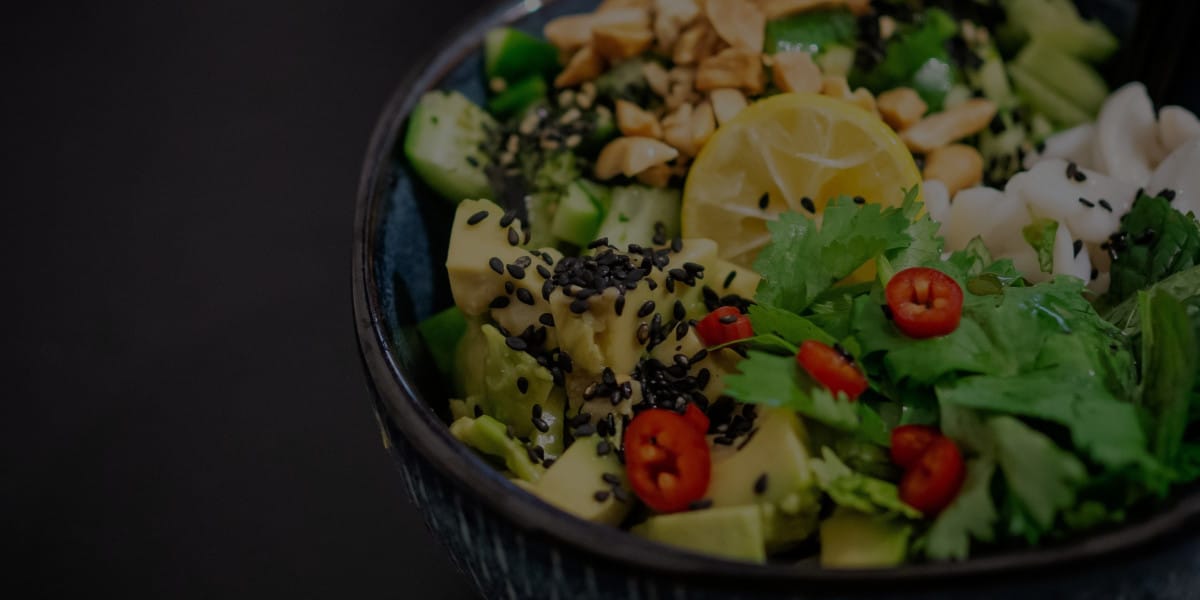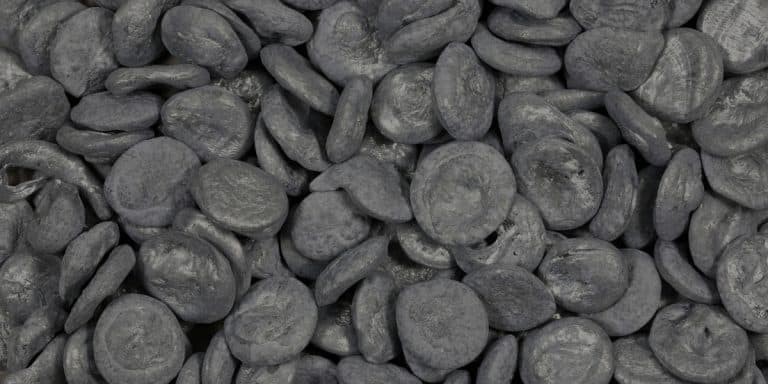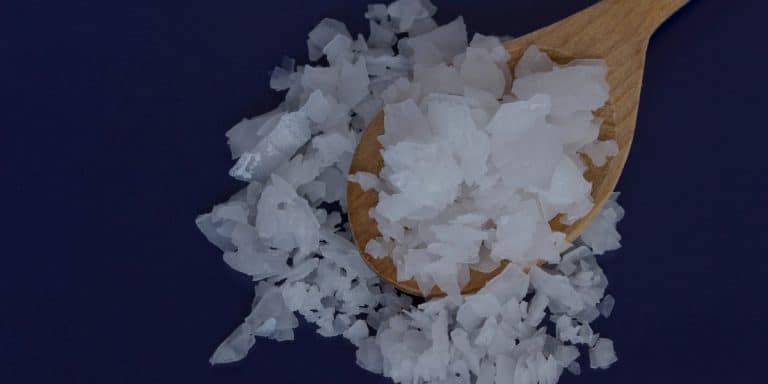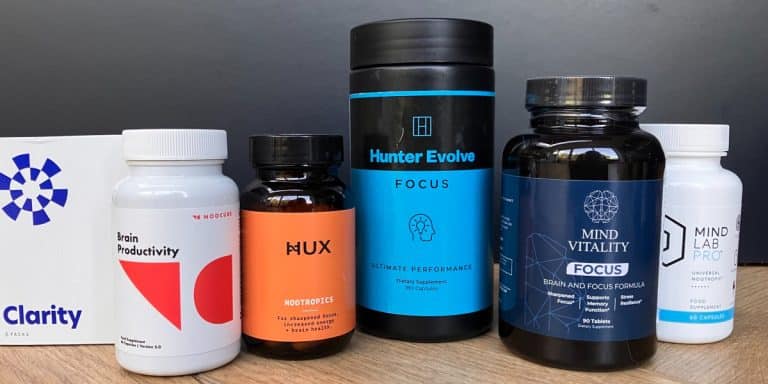The Ultimate Guide to Fat-Burning Foods for Effective Weight Loss
Transform your body and ignite your fat-burning potential with the ultimate guide to mouth-watering, nutrient-dense foods that will fuel your weight loss journey like never before!
Reducing weight may be a difficult process, but what if you could boost your fat-burning capacity simply by including delicious and nutrient-dense foods in your diet?
What Are Fat Burning Foods?
Fat-burning foods increase metabolism and burn fat. They supply the body with nutrients that boost metabolic rate and break down fat cells.
They also regulate blood sugar levels and reduce appetite, aiding weight loss. One can even regulate the sugar levels in diabetic patients by modifying their diet.
Examples of foods that do this are green tea, whole grains, lean protein, berries, leafy greens, and nuts. Others are citrus fruits, spices, legumes, and low-fat dairy. Incorporating these into your diet can help burn fat and achieve weight loss goals.
How Fat-Burning Foods Help With Weight Loss
Fat-burning foods can be a powerful tool in the journey toward weight loss. When you consume these food types, you are essentially providing your body with the fuel it requires to burn more calories and lose unwanted fat.
These foods are often high in fibre, protein, and healthy fats, all of which work together to keep you full and content for extended periods of time while also delivering a continuous stream of energy to power your workouts and everyday activities.
Fat-burning foods can boost metabolism by increasing energy expenditure. They reduce appetite by promoting feelings of fullness making them an essential part of any effective weight loss plan.
Top 10 Fat-Burning Foods
There are many fat-burning foods, but some are more effective than others. These foods are nutrient-dense and packed with health benefits.
Moreover, they can help boost your metabolism, reduce your appetite, and promote satiety.
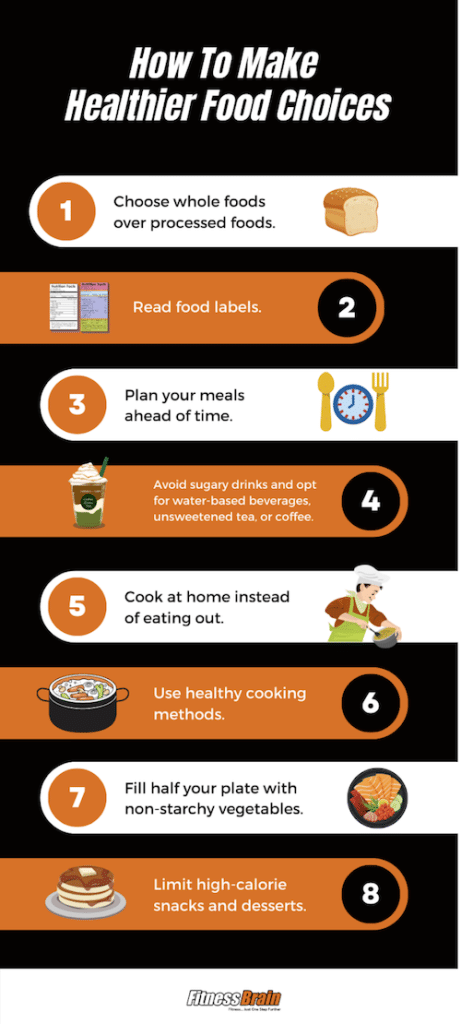
1. Green tea:
Green tea has been a popular fat-burning food in use for centuries. It’s rich in antioxidants called catechins. These antioxidants help increase metabolism and promote fat burning.
Additionally, green tea can help reduce appetite and improve health. If you love green tea, chances are that you have a reduced risk of cancer, heart, and other chronic diseases.
2. Whole grains:
Brown rice, oats, and quinoa are excellent fibre and complex carbohydrate sources.
These nutrients regulate blood sugar levels, reduce hunger, and promote satiety.
Whole grains are rich in Vitamin B, minerals, and essential nutrients. This improves the general well-being of the individual.
3. Lean protein:
Research has indicated that the inclusion of foods rich in lean protein can be particularly helpful in addressing obesity.
Incorporating these lean proteins into one’s diet can also aid in preventing overconsumption of food.
4. Berries:
Berries like blueberries, raspberries, and strawberries are rich in antioxidants. They also have nutrients that reduce inflammation and promote heart health.
Adding berries to your daily meal also aids in healthy weight loss. Additionally, berries are low in calories and high in fibre. These properties can help reduce appetite and promote satiety.
5. Leafy greens:
Spinach, kale, and collard greens are examples of leafy greens that provide valuable nutrients such as fibre, vitamins, and minerals, which are essential for maintaining good health.
Not only are they nutrient-dense, but they are also low in calories and high in water content. Furthermore, incorporating leafy greens into your diet can aid in promoting feelings of fullness and reducing the likelihood of overeating.
6. Nuts and seeds:
Walnuts, chia seeds, and almonds are examples of nuts and seeds that offer valuable amounts of healthy fats, protein, and fibre.
These nutrients can assist in promoting feelings of fullness, decreasing hunger, and enhancing cardiovascular well-being. Furthermore, the healthy fats found in nuts and seeds can aid in increasing metabolism and supporting the burning of fat.
7. Citrus fruits:
Citrus fruits may be helpful for weight loss due to their low-calorie content, high fibre content, and ability to keep you feeling full for longer periods of time.
Additionally, the high levels of vitamin C in citrus fruits may aid in regulating fat metabolism and reducing inflammation in the body, which can also support weight loss efforts.
Some examples of citrus fruits that can be incorporated into a weight-loss diet include oranges, grapefruits, lemons, and limes.
8. Spices:
Spices include cayenne pepper, cinnamon, and turmeric. They help promote weight loss by boosting metabolism and reducing inflammation. Additionally, these spices can help add flavour to meals without adding extra calories.
9. Legumes:
Lentils, beans, and chickpeas are examples of legumes that are rich in protein and fibre, as well as complex carbohydrates. These nutrients can assist in promoting feelings of fullness, decreasing hunger, and supporting overall health and wellness.
10. Low-fat dairy products:
Yoghurt and milk are excellent examples of low-fat dairy products. They are sources of protein, calcium, and other essential nutrients.
These foods help reduce appetite and promote satiety, which can help prevent overeating.
How to Incorporate Fat-Burning Foods into Your Diet
Incorporating fat-burning foods into your diet is effortless. Start by making small changes. These include swapping processed snacks for a piece of fruit. Or you could add a handful of nuts to your breakfast.
Aim to include at least one of these fat-burning foods to lose weight in your meal. For example, incorporate many leafy greens in your salad or a serving of berries for dessert.
It’s also essential to focus on a balanced diet with various nutrient-dense foods.
Tips on How To Add Fat-Burning Foods to Your Daily Meals
Incorporating fat-burning foods into your daily meals can be an effective way to support your weight loss goals.
Here are some tips to help you add these foods to your diet:
1. Start by identifying which fat-burning foods you enjoy eating and which are readily available in your area. This could include foods like leafy greens, lean proteins, nuts and seeds, citrus fruits, and more.
2. Plan your meals in advance to ensure that you are incorporating a variety of fat-burning foods into your daily diet.
3. Experiment with different cooking methods to keep your meals interesting and flavorful. For example, try roasting vegetables or grilling lean proteins to add extra flavour and texture.
4. Incorporate fat-burning foods into your snacks as well. For example, try adding some almonds or fresh fruit to your mid-day snack to help keep you feeling full and satisfied.
5. Consider adding spices like ginger, cayenne pepper, or cinnamon to your meals. These spices have been shown to have metabolism-boosting properties.
Importance of a Balanced Diet
Incorporating fat-burning foods into your diet can be helpful for weight loss. But you should maintain a balanced diet to meet all your nutritional needs.
A balanced diet means having a variety of foods from all food groups. These include fruits, vegetables, whole grains, lean protein, and healthy fats.
Eating a balanced diet helps one feel full and satisfied, which can reduce calorie intake. This helps in weight loss and offers other health benefits.
Individuals experience improved blood sugar control and reduced risk of heart disease. There is also easy digestion.
How To Make Healthier Food Choices
Making healthier food choices is essential for achieving and maintaining a healthy weight. Here are some tips on making healthier food choices:
- Choose whole foods over processed foods. Whole foods are more nutrient-dense and can help you feel full and satisfied.
- Read food labels to identify hidden sugars, unhealthy fats, and additives.
- Plan your meals ahead of time to ensure you have healthy options available.
- Try to avoid sugary drinks like juice and soda, and opt for water, unsweetened tea, or coffee.
- Cook at home instead of eating out to control the ingredients and part sizes.
- Use healthy cooking methods like grilling, baking, or roasting instead of frying.
- Fill half your plate with non-starchy vegetables. Doing this would increase your fibre and nutrient intake.
- Limit your intake of high-calorie snacks and desserts. Instead, opt for healthier options such as fresh fruit or yoghurt.
By making the above changes to your diet, you can improve your health and achieve your weight loss goals.
Can Fat-Burning Foods Alone Help Lose Weight?
For weight loss, depending on fat-burning foods is not enough. A balanced diet, portion control, and physical activity are essential. While there are fat-burning foods to lose weight, they shouldn’t be the sole focus of your weight loss plan.
A healthy and sustainable approach includes the following:
- A variety of nutrient-dense foods.
- Limiting processed foods and added sugars.
- Staying hydrated.
- Engaging in regular physical activity.
Remember, weight loss is a journey, and finding what works best for you is vital to achieving long-term success.
Conclusion
Incorporating fat-burning foods into your diet can be a game-changer for weight loss. These fat-burning foods, including whole grains and low-fat dairy products, offer benefits.
Such include helping to boost metabolism, reduce appetite, and regulate blood sugar levels.
Believe it or not — you can achieve a successful and sustainable weight loss. Start today by making small changes and focusing on a balanced diet and regular exercise.
FAQS:
Fat-burning foods are nutrient-dense foods. They help boost metabolism, reduce appetite, and promote satiety. They are an excellent addition to any weight loss plan.
Fat-burning foods increase metabolism, reduce appetite, and regulate blood sugar levels. These, in turn, can lead to successful weight loss.
They include green tea, leafy greens, whole grains, berries, and lean protein. Others include nuts and seeds, citrus fruits, spices, legumes, and low-fat dairy products.
at-burning foods can be a helpful addition to any weight loss plan, but they can’t do the job alone.
Having a good meal plan and a balanced diet would be best. Ensure this diet includes a variety of fat-burning foods to lose weight. Investing in regular exercise is also a must for successful weight loss.
Finally, focusing on long-term lifestyle changes that promote health and wellness is necessary.
Sources:
Champagne, Catherine, et al. Dietary Intakes Associated with Successful Weight Loss & Maintenance during the Weight Loss Maintenance Trial. Journal of the American Dietetic Association, vol. 111, no. 12, 2011, p. 1826, https://doi.org/10.1016/j.jada.2011.09.014. Accessed 16 Feb. 2023.
Ki Won Lee et al. Antioxidant Activity of Black Tea vs. Green Tea. The Journal of Nutrition, Volume 132, Issue 4, April 2002, Page 785, https://doi.org/10.1093/jn/132.4.785. Accessed 16 Feb. 2023.
Velasquez, Manuel, and Bhathena, Sam. “Role of Dietary Soy Protein in Obesity.” International Journal of Medical Sciences – vol. 4, no. 2, 2007, pp. 72-82, https://doi.org/10.7150/ijms.4.72. Accessed 16 Feb. 2023.
Gannon, Mary, and Nuttall, Frank. “The Control of Blood Glucose in Type 2 DM Without Weight Loss by Modification of Diet Composition.” Nutrition & metabolism vol. 3, 2006, p. 16, https://doi.org/10.1186/1743-7075-3-16. Accessed 15 Feb. 2023.
Refat, Salwa, et al. “Physiological Process of Fat Loss.” Bulletin of the National Research Centre, vol. 43, no. 1, 2019, pp. 1-15, https://doi.org/10.1186/s42269-019-0238-z. Accessed 16 Feb. 2023.
“Eating a Balanced Diet.” NHS UK, NHS UK, 29 July 2022, https://www.nhs.uk/live-well/eat-well/how-to-eat-a-balanced-diet/eating-a-balanced-diet/. Accessed 16 Feb. 2023.

